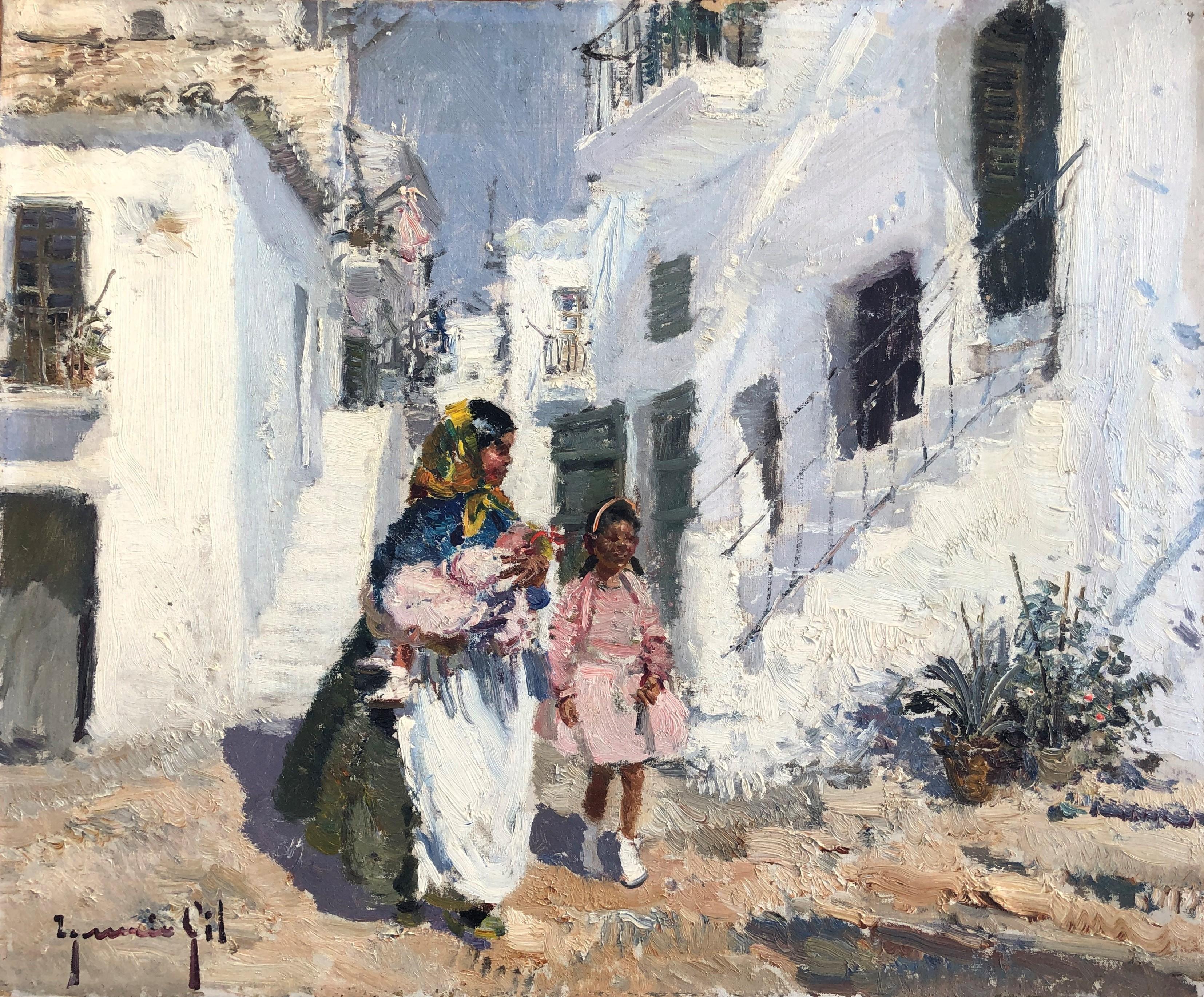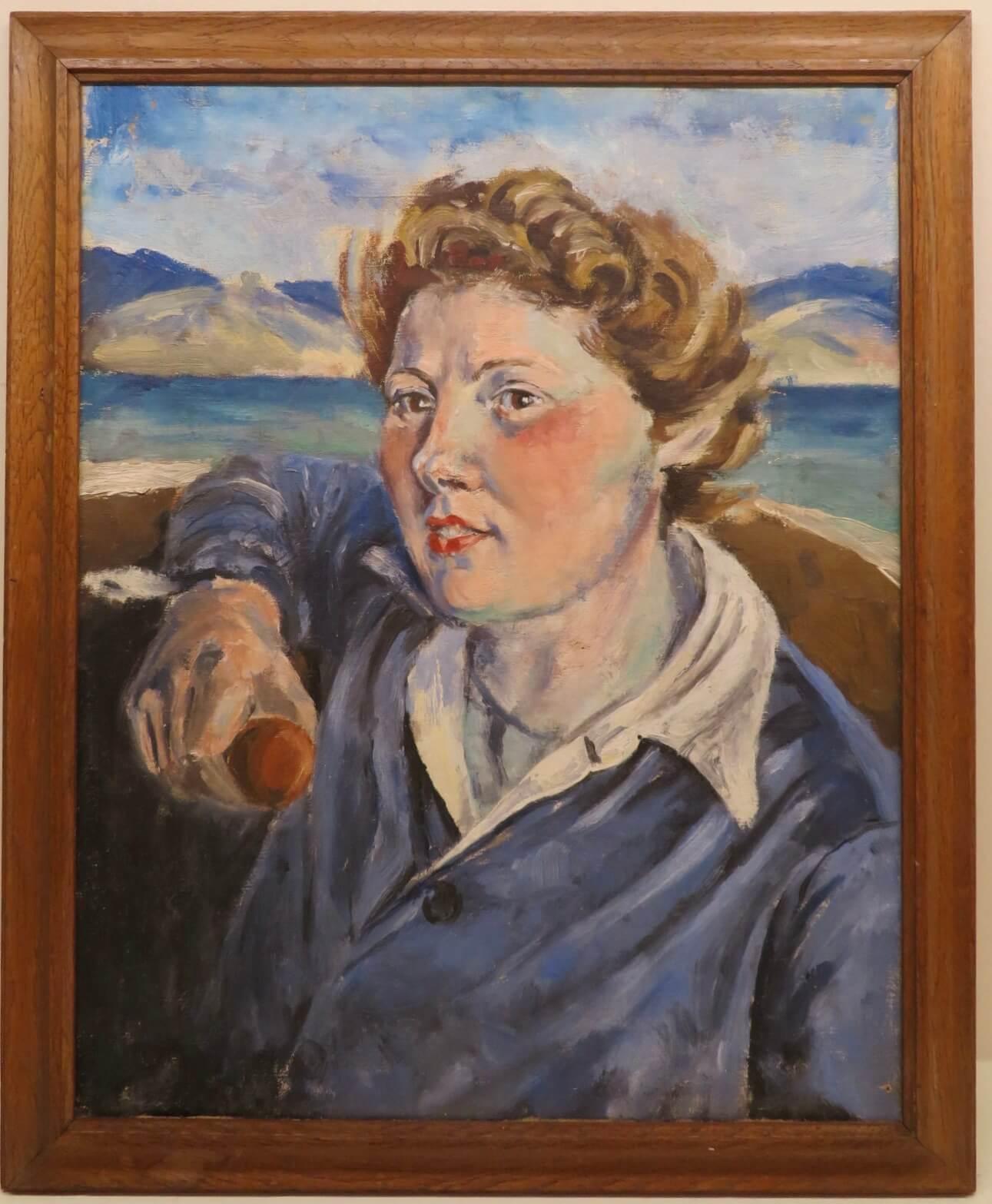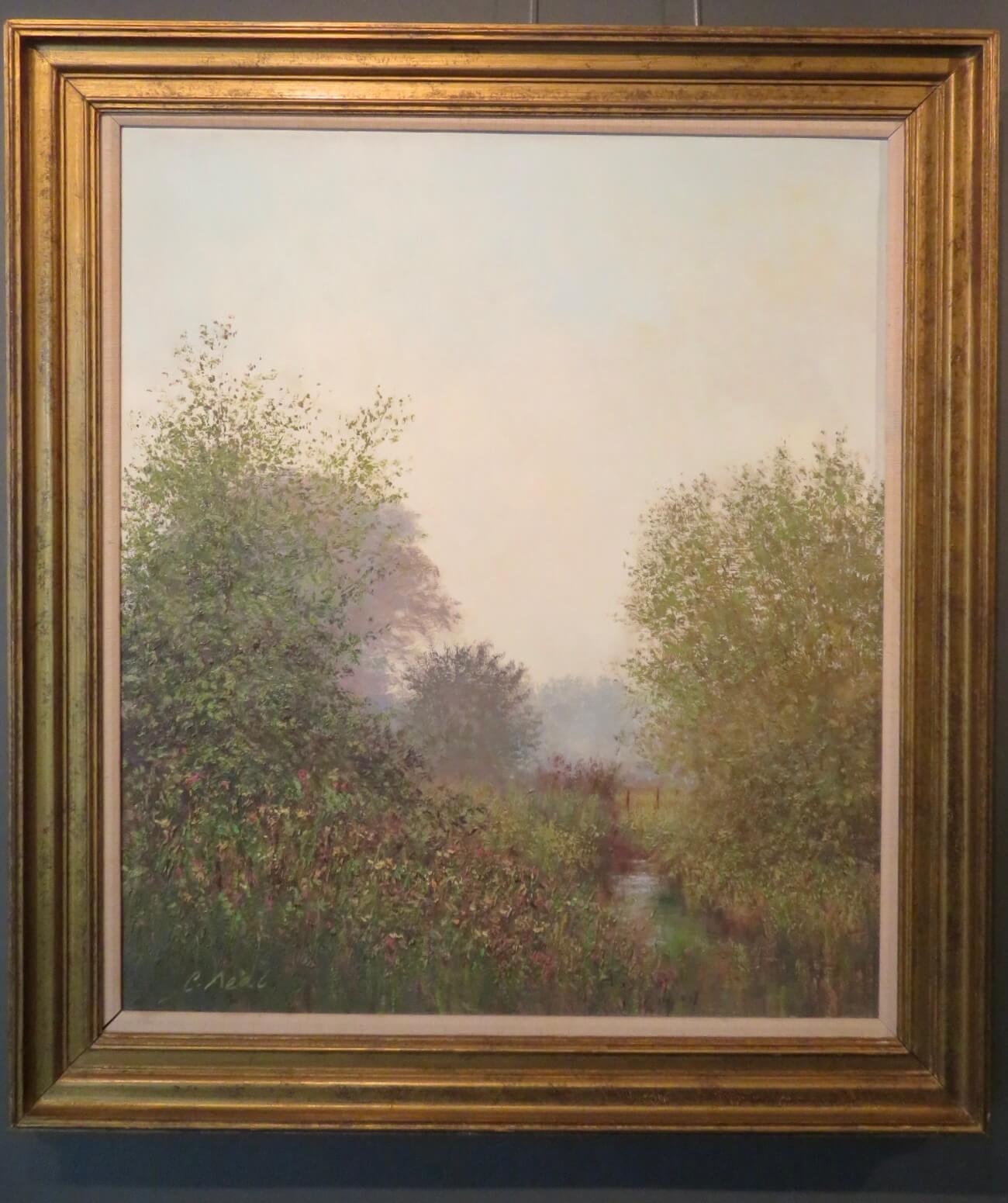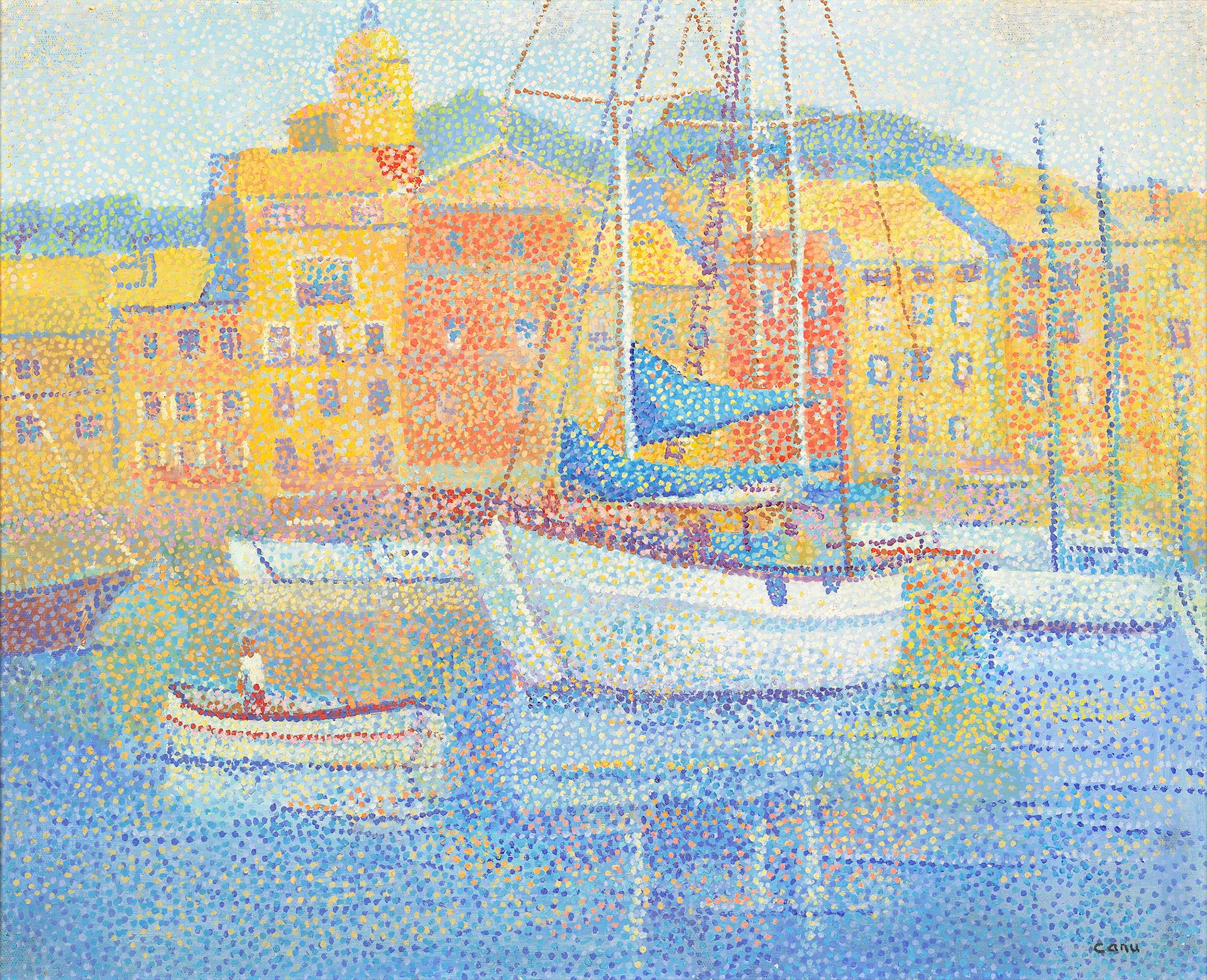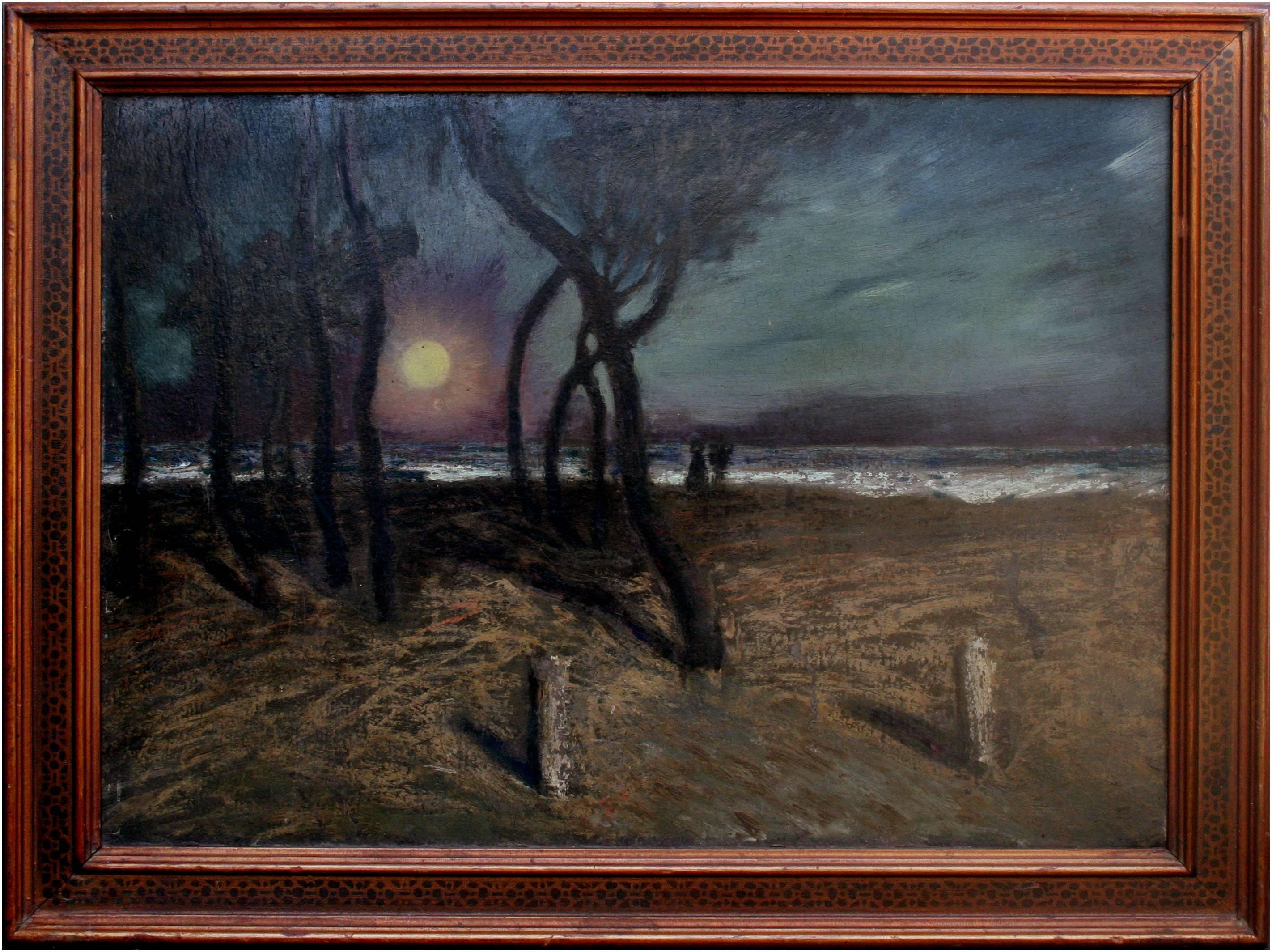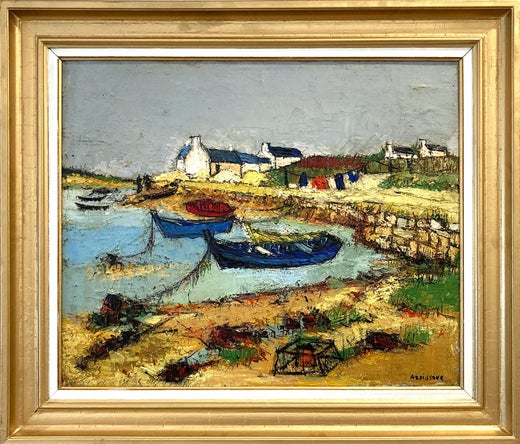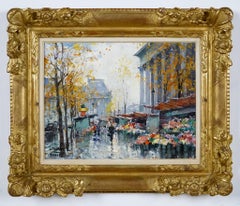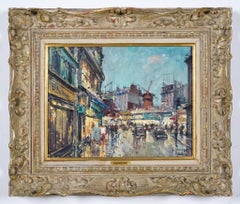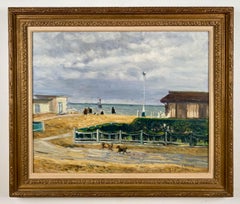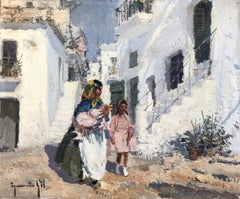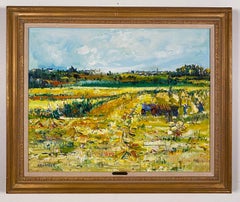
Harvesting
View Similar Items
Yolande ArdissoneHarvesting1960's
1960's
About the Item
- Creator:Yolande Ardissone (1927, French)
- Creation Year:1960's
- Dimensions:Height: 37 in (93.98 cm)Width: 44 in (111.76 cm)Depth: 2 in (5.08 cm)
- Medium:
- Movement & Style:
- Period:
- Condition:
- Gallery Location:Sheffield, MA
- Reference Number:Seller: Art A2281stDibs: LU70036883452
Yolande Ardissone
Yolande Ardissone was born in Normandy in 1927 of an Italian father and a Ukrainian mother. At the age of 17, she left for Paris to study at the Ecole d'Arts Appliqués and the Académie de la Grande Chaumière. Two years later, she moved to École des Beaux-Arts and studied in the Atelier of Interstellar. Soon after that, she traveled to Italy, Spain, Algeria, Holland, Indonesia, Egypt, Haiti, China, Thailand, Russia, etc. Though she has traveled throughout the world, Ardissone is primarily a painter of Brittany. Her vivid, impressionistic style was strongly influenced by Gauguin, Renoir and Van Gogh. Her canvases are painted with a mature technique, forcefully, with textured paint radiating a natural and joyful dynamism. Her painting has much in common with the Fauves. This is understandable when you see her strongly colored palette and the spontaneous expression of what she feels with her brush she transmits forcefully. Her works have been acquired by the Ville de Paris, Musée de l'Île-de-France, Musée de la Marine, l'Etat, etc. The Ville de Paris has awarded her the Médaille d'Argent. She has had her artwork exhibited at the Salons annuels de la Jeune Peinture, Salon des Indépendants, Salon de la Société Nationale des Beaux-Arts, Salon de Artistes Français, Salon d'Automne, and Salon des Peintres Témoins de leur Temps.
More From This Seller
View All1950s Post-Impressionist Landscape Paintings
Oil
1950s Post-Impressionist Landscape Paintings
Oil
1950s Post-Impressionist Landscape Paintings
Oil
1960s Post-Impressionist Landscape Paintings
Oil
1920s Post-Impressionist Landscape Paintings
Oil
1890s Post-Impressionist Landscape Paintings
Oil
You May Also Like
1950s Post-Impressionist Landscape Paintings
Canvas, Oil
1980s Post-Impressionist Landscape Paintings
Canvas, Oil, Cardboard
1980s Post-Impressionist Landscape Paintings
Canvas, Oil, Board
1980s Post-Impressionist Landscape Paintings
Canvas, Oil
1980s Fauvist Landscape Paintings
Oil, Canvas
Early 20th Century Pointillist Landscape Paintings
Oil, Canvas
